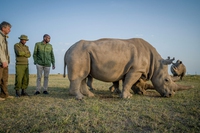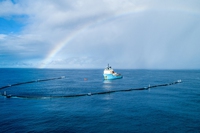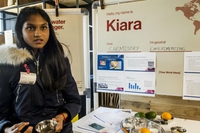
Saving the northern white rhino from complete extinction through in vitro fertilization
Extinction is silent, like sand sliding through an hourglass; we barely notice it until it’s too late and have lost what will never return. If someone were to tell us that the only living specimens of a mammal were two females, we would think the species is doomed. How can it survive if it has








